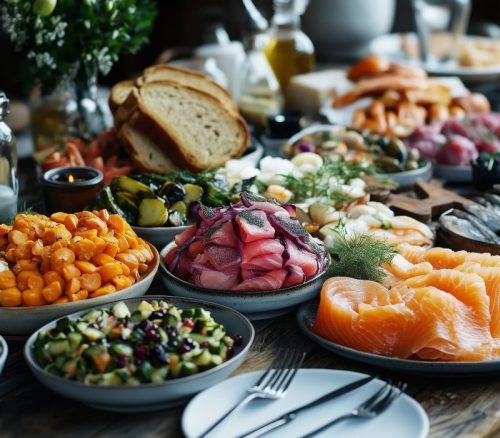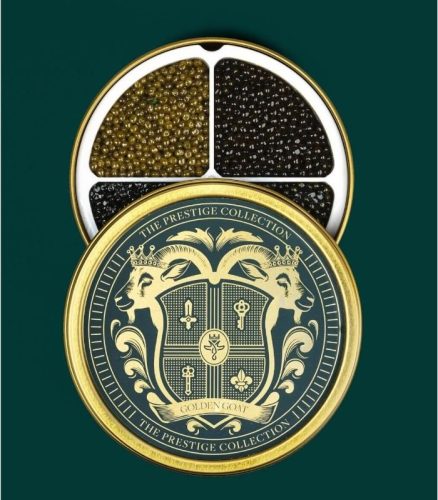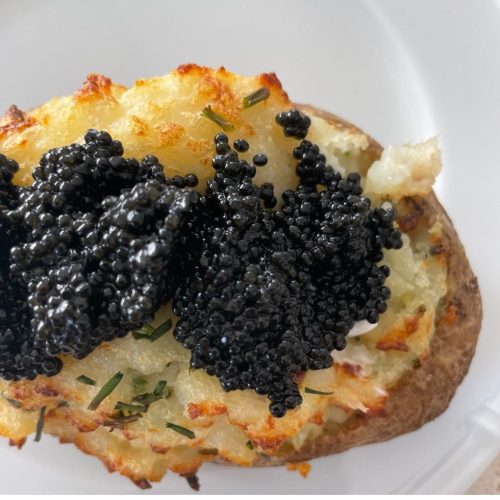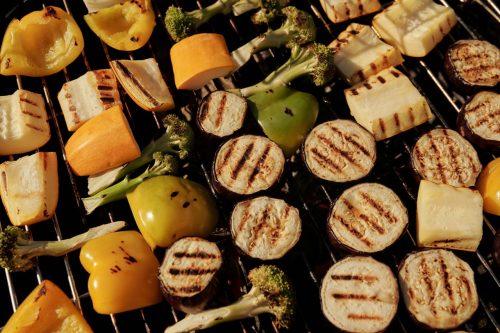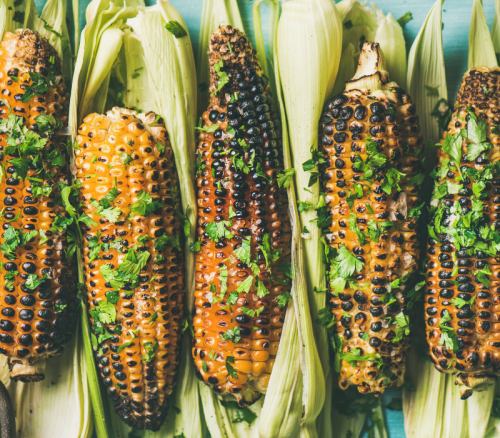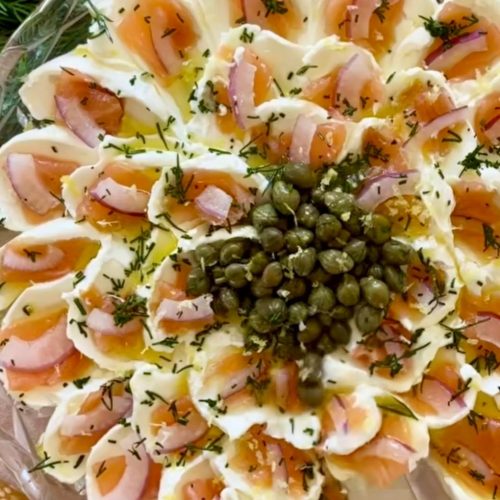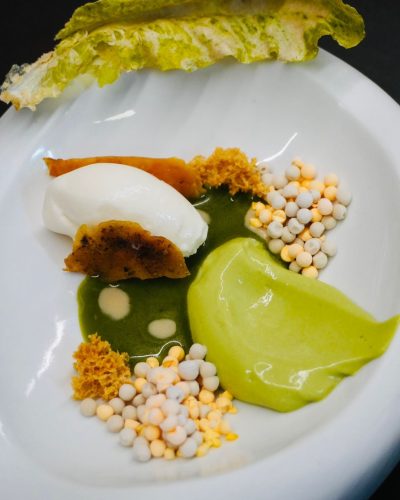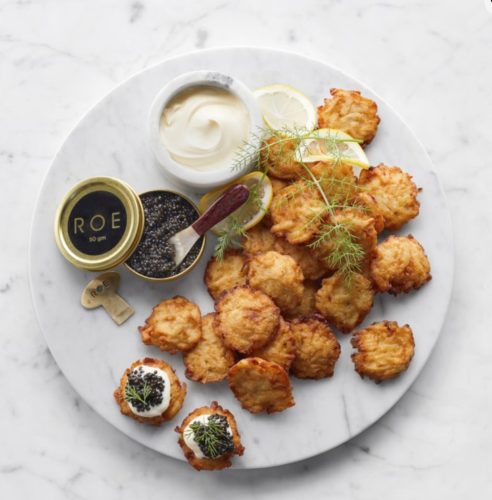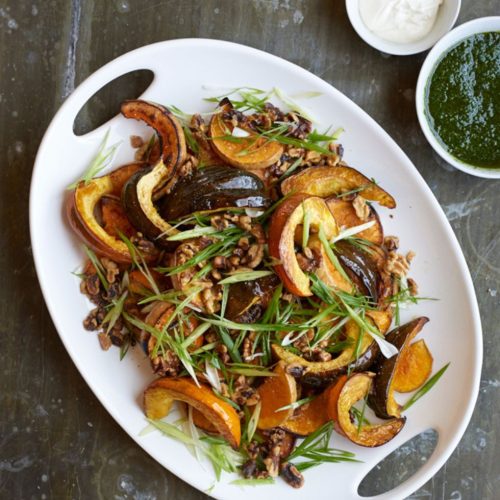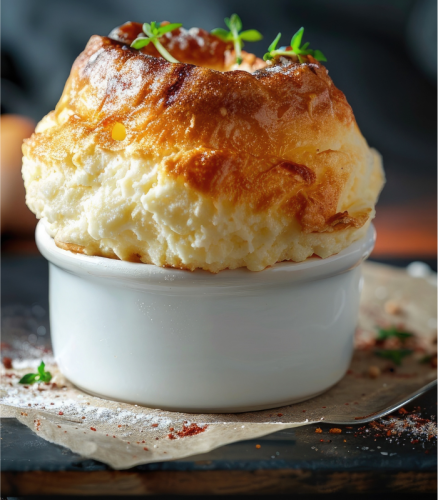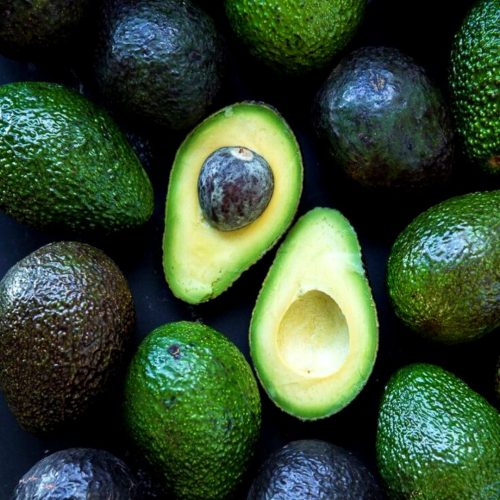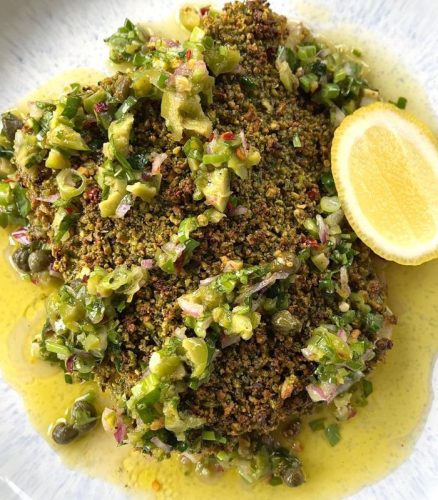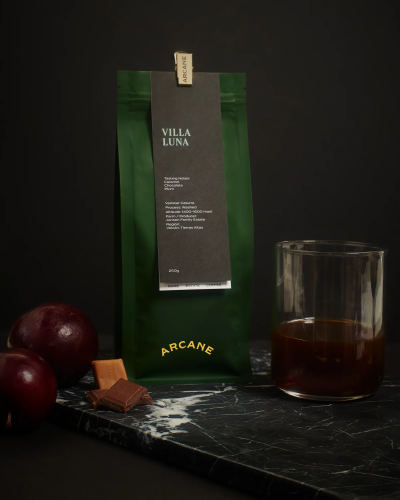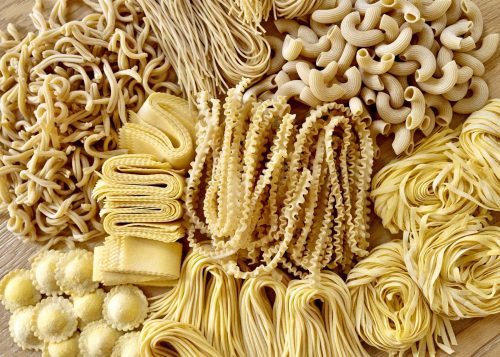This time of year, farmers market stalls are piled high with all the vibrant fresh green veg we’ve been craving for months: asparagus, fresh English peas, fiddlehead ferns, fava beans, and pea shoots. But of all the verdant produce spring delivers, ramps create the greatest frenzy. That’s due to their uniquely pungent flavor, along with the fact that their season is so short (usually from mid-April to early June). If you’re lucky enough to spot them at the market, don’t hesitate…grab them before they disappear.
This time of year, farmers market stalls are piled high with all the vibrant fresh green veg we’ve been craving for months: asparagus, fresh English peas, fiddlehead ferns, fava beans, and pea shoots. But of all the verdant produce spring delivers, ramps create the greatest frenzy. That’s due to their uniquely pungent flavor, along with the fact that their season is so short (usually from mid-April to early June). If you’re lucky enough to spot them at the market, don’t hesitate…grab them before they disappear. There are endless ways to showcase the singular flavor of these fleeting beauties.
Ramps (also know as wild leeks) are a member of the allium family, and are native to the eastern United States. They look a bit like scallion, but with flat, oblong leaves with pointed tips, slender pink stems, and teardrop-shaped white bulbs. Their assertive flavor falls somewhere between spring onions and garlic.
Since ramps are difficult to cultivate and usually grow in the wild, dirt and mud usually travel with them to the market. So be sure to soak them in a couple changes of water before you get to cooking.
Ramps are super versatile: they can be grilled, roasted, or even eaten raw. But they’re most commonly sautéed. As with scallions, the flavor of the bulbs is stronger than the leaves, so with many dishes it makes sense to separate the bulbs and stems from the leaves. Chop the bulbs and stems, sauté them until softened, and then throw ribbons of the leaves into the pan for just a minute or two to temper the sharpness they have when raw.
Toss those sautéed ramps into pastas, risottos, scrambled eggs, or a spring medley of fava beans, asparagus, and peas. Or use the elegant onions whole: they’re delicious when slow-roasted with a whole chicken and fingerling potatoes, or grilled and placed atop a pizza.
You can also try this recipe for Ramp Oil borrowed from Galavante’s Founder and CEO, Christine Drinan. Drizzle it on bread, pasta, or fish, or add it to punch up soups, pastas, salad dressing, and eggs. Best yet, it extends ramps’ fleeting season. Use the oil for up to three days, then stash it in your freezer so you’ll have ramp flavor on demand for months to come.


